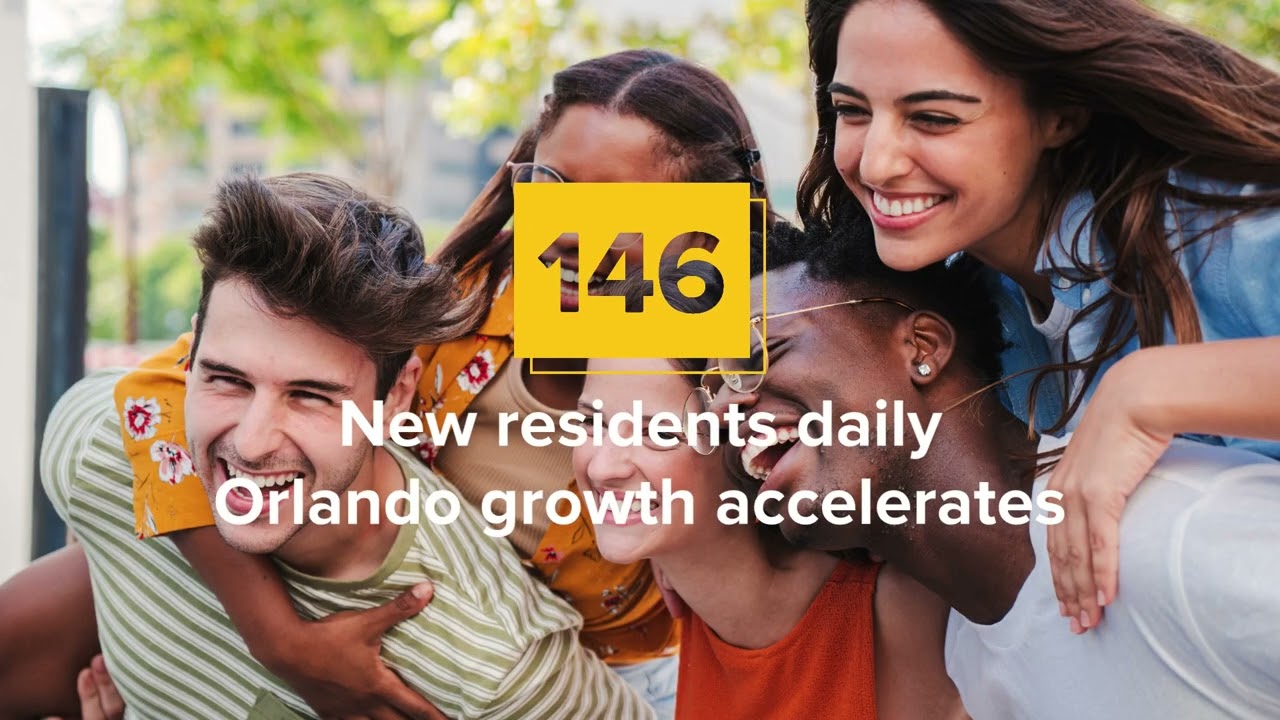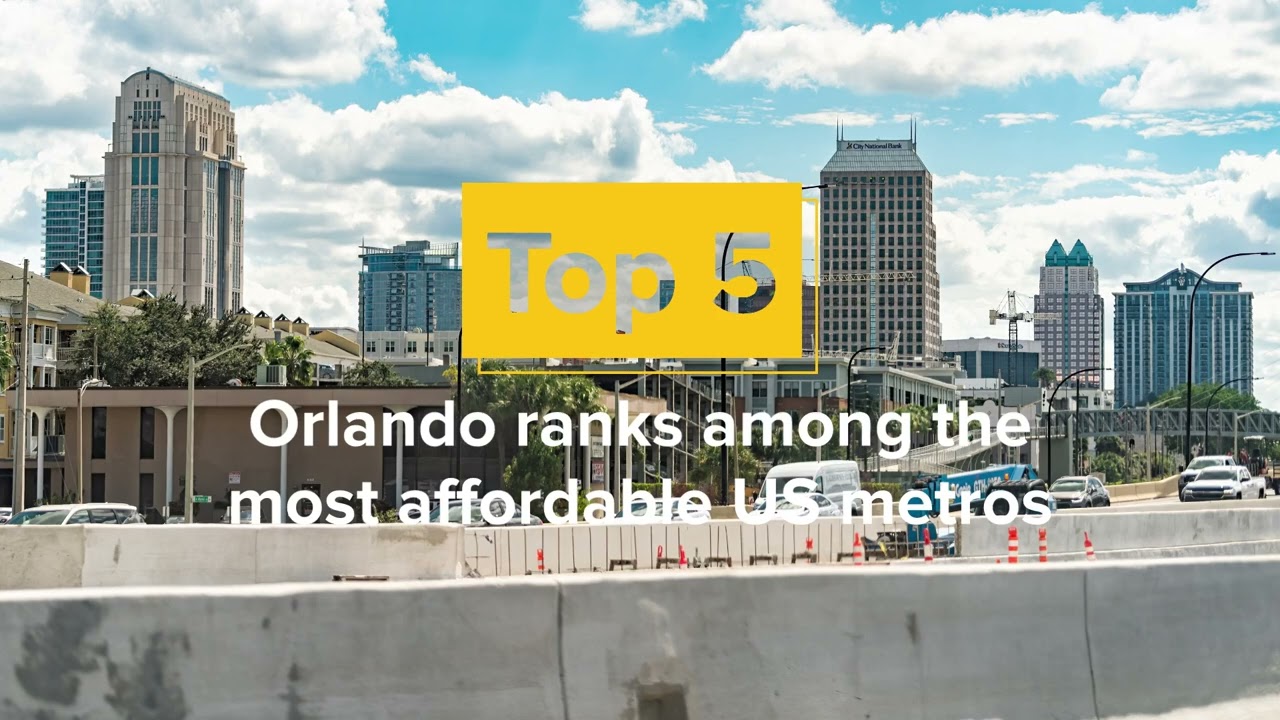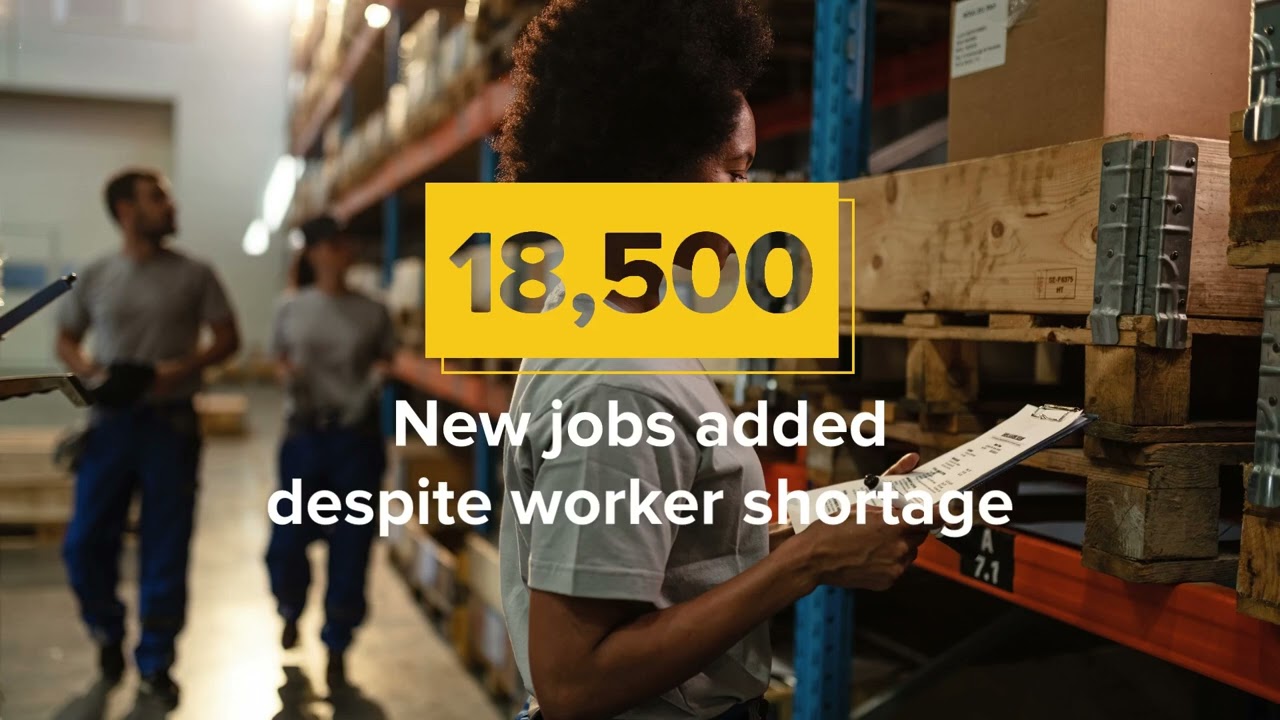The latest business statistics from Orlando paint a picture of steady growth mixed with new economic realities in 2024. Our analysis of Orlando Economic Partnership data shows total sales in the region hit $169 billion in the first nine months of 2024, up 4.3% from 2023, while business confidence reached a peak at 82.1% in Q3.
Here in Central Florida, businesses face an interesting mix of opportunities and hurdles. While revenue growth stayed strong through most of 2024, with 61% of local companies reporting increased revenue in Q3, mounting cost pressures have pushed companies to rethink their strategies. The big surprise? Insurance costs emerged as the most impactful challenge, with 31% of Orlando businesses rating insurance cost increases as “severe” on their operations.
I’ve dug into the latest Orlando MSA Business Conditions Survey and market updates to break down what’s really happening in our business community. From sales trends to real estate metrics, these numbers tell us where Orlando’s economy stands right now and where it might head in 2025. Let’s look at the data that matters most to your business.
Business performance highlights
Orlando’s business confidence hit a record high in Q3 2024, with 82.1% of companies expressing optimism about their future – that’s a 41.2 percentage point jump from 2023. This spike comes from two key factors: a better outlook on the U.S. economy and strong local market conditions.
Local revenue numbers back up this confidence. From July through September 2024, 61% of Orlando businesses reported higher revenue, while just 10% saw declines. Q3 performance metrics show companies aren’t just making more money – they’re getting better at what they do. Innovation rates climbed to 58%, with businesses rolling out new products and improving their operations.
Yet profitability tells an interesting story. While 51% of businesses increased their profits in Q3, this happened against a backdrop of rising costs. The data shows companies found ways to grow despite challenges like higher insurance premiums and wage pressures.
Here’s a detailed breakdown of Orlando’s business performance metrics for Q3 2024:
| Performance Metric | Increased | Stayed Same | Decreased | Not Applicable |
|---|---|---|---|---|
| Revenue | 61% | 24% | 10% | 5% |
| Innovation | 58% | 30% | 2% | 10% |
| Profitability | 51% | 26% | 14% | 9% |
| Investment | 42% | 40% | 11% | 7% |
| Employment | 41% | 47% | 8% | 4% |
Looking at quarter-over-quarter changes:
| Net Balance* | Q3 2024 | Q2 2024 | Q1 2024 | Q4 2023 | Change from Q2 |
|---|---|---|---|---|---|
| Revenue | 50% | 48% | 38% | 36% | +2% |
| Innovation | 57% | 54% | 56% | 51% | +3% |
| Profitability | 37% | 34% | 27% | 17% | +3% |
| Investment | 31% | 33% | 33% | 30% | -2% |
| Employment | 33% | 26% | 28% | 19% | +7% |
Cost challenges for Orlando businesses
Insurance costs became the biggest financial hurdle for Orlando businesses in 2024. The numbers are striking – 31% of local companies reported “severe” impacts from insurance cost increases, with premiums rising by an average of 5.3%. But that’s just the average – many businesses faced double-digit increases in their premiums.
Employee benefits rank as the second most significant cost pressure. Our data shows 81% of Orlando companies dealt with rising benefit costs, with an average increase of 4.4%. What’s notable is how these increases affected different business sectors – healthcare and professional services firms reported the highest jumps in benefit expenses.
Supply chain and energy costs tell a different story in 2024. While 64% of businesses still face supply chain cost pressures, the average increase dropped to 2.8% – a sign that supply chains might finally stabilize. Transportation costs stayed relatively modest at 2.9% average increases, though 54% of companies still report ongoing pressures in this area.
Here’s a comprehensive breakdown of cost pressures facing Orlando businesses in Q3 2024:
| Cost Category | % of Businesses Affected | Average Cost Increase | Severe Impact | Moderate Impact | Mild Impact | No Impact |
|---|---|---|---|---|---|---|
| Insurance | 81% | 5.3% | 31% | 40% | 24% | 4% |
| Employee Benefits | 78% | 4.4% | 18% | 38% | 38% | 5% |
| Wages | 84% | 4.2% | 15% | 51% | 30% | 4% |
| Supply Chain | 64% | 2.8% | 14% | 38% | 40% | 8% |
| Energy | 58% | 3.6% | 6% | 32% | 52% | 10% |
| Transportation | 54% | 2.9% | 6% | 32% | 56% | 5% |
| Rent | 54% | 2.3% | 6% | 31% | 66% | 1% |
Real estate market impact
Orlando’s commercial real estate landscape went through significant changes in 2024. Office space vacancy rates held at 17.1% in Q3, while asking rates averaged $27.42 per square foot – a 2.4% increase from 2023. This puts Orlando in a unique position, with office rates well below other major Florida markets like Miami ($55.79) and Tampa ($30.12).
The industrial market tells a different story. Vacancy rates climbed to 8.1% in Q3 2024, reaching their highest point since early 2015. This shift comes after nearly 5 million square feet of new industrial space hit the market in the first nine months of 2024. Yet Orlando’s industrial rental rates remain competitive at $10.29 per square foot, making it one of the most affordable major markets in Florida.
Here’s the current state of Orlando’s commercial real estate market:
| Market Segment | Q3 2024 Metrics | Change from Q2 2024 | Change from 2023 |
|---|---|---|---|
| Office Market | |||
| Vacancy Rate | 17.1% | -0.1% | +1.5% |
| Average Asking Rate | $27.42 | +0.4% | +2.4% |
| Net Absorption (YTD) | -289,571 SF | — | — |
| Under Construction | 0 SF | — | — |
| Industrial Market | |||
| Vacancy Rate | 8.1% | +0.7% | +3.0% |
| Average Asking Rate | $10.29 | +8.4% | -7.0% |
| Net Absorption (YTD) | -422,103 SF | — | — |
| Under Construction | 2,286,900 SF | — | — |
Submarket comparison – average asking rates
| Office Submarket | Rate per SF |
|---|---|
| Airport/Lake Nona | $35.34 |
| Winter Park | $29.54 |
| Millenia/Metrowest | $28.96 |
| Tourist Corridor | $28.52 |
| Lake Mary/Heathrow | $27.27 |
| Maitland | $24.78 |
| Lee Road | $23.99 |
| Longwood | $19.38 |
Small business growth indicators
Orlando’s small business sector shows strong growth signs despite economic pressures. Data from Q3 2024 reveals 67% of local businesses expect to increase revenue in the next three months – up from 61% in Q2. This optimism stems from improving client sentiment and reduced recession fears.
Investment plans paint a more cautious picture. While 32% of Orlando businesses plan to boost investments in the next quarter, that’s down from 37% in Q2 2024. Companies cite rising insurance costs and political uncertainty as key factors in holding back major spending decisions until after the November elections.
Here’s how Orlando businesses view their growth prospects:
| Growth Indicator | Q3 2024 | Q2 2024 | Q1 2024 | Q4 2023 | Trend |
|---|---|---|---|---|---|
| Revenue Outlook | |||||
| Expect Increase | 67% | 61% | 65% | 52% | ↑ |
| Expect No Change | 21% | 25% | 23% | 35% | ↓ |
| Expect Decrease | 6% | 8% | 7% | 9% | ↓ |
| Investment Plans | |||||
| Planning Increase | 32% | 37% | 38% | 34% | ↓ |
| Planning No Change | 52% | 48% | 47% | 51% | ↑ |
| Planning Decrease | 7% | 9% | 8% | 10% | ↓ |
| Business Confidence | |||||
| Confident | 86% | 42% | 70% | 46% | ↑ |
| Neutral | 37% | 41% | 23% | 38% | ↓ |
| Not Confident | 4% | 17% | 7% | 16% | ↓ |
Top Growth Opportunities Cited by Businesses:
- New Client Acquisition: 55%
- Sector-Specific Growth: 47%
- Local Market Expansion: 46%
- Internal Process Improvements: 44%
Consumer spending and market activity
Total sales in Orlando hit $169 billion through Q3 2024, showing a 4.3% increase over the same period in 2023. But Q3 brought interesting shifts – growth slowed to 1.5% as inflation cooled and tourism spending eased. December data hints at the first year-over-year decline in 16 months, with sales dropping 4.3% compared to December 2023.
Consumer sentiment tells a positive story. The index reached 78.3 in September – up 12 points from last year. Florida residents feel better about the economy, which shows in spending patterns across retail, entertainment, and services. This rise in consumer confidence matches what we see in business outlook, where 47% of companies feel good about U.S. economic prospects.
Here’s a detailed look at Orlando’s market activity:
| Quarter 2024 | Total Sales | % Change vs 2023 | Consumer Sentiment | Consumer Spending |
|---|---|---|---|---|
| Q1 | $57.2B | +4.2% | 71.5 | $26.8B |
| Q2 | $59.2B | +7.2% | 75.2 | $27.1B |
| Q3 | $52.8B | +1.5% | 78.3 | $25.6B |
Monthly consumer activity trends
| Month 2024 | Total Sales | Consumer Spending | Sentiment Index |
|---|---|---|---|
| October | $17.4B | $8.5B | 81.1 |
| November | $16.5B | $8.3B | 83.4 |
| December* | $16.5B | $8.3B | 86.4 |
| *Preliminary data |
Business revenue performance
| Revenue Metric | Q3 2024 | Q2 2024 | Q1 2024 |
|---|---|---|---|
| Increased | 61% | 58% | 55% |
| Stable | 24% | 30% | 32% |
| Decreased | 10% | 8% | 9% |
| Not Reported | 5% | 4% | 4% |
2025 business outlook
Orlando businesses head into 2025 with mixed expectations. While 67% expect revenue growth in the next three months, investment plans show more caution. Just 32% of companies plan to increase spending – down from 37% last quarter. Many businesses point to the upcoming election as a reason to hold off on major decisions.
Cost management remains front and center for 2025 planning. Our data shows 63% of Orlando companies cut operational costs in 2024, while 47% renegotiated contracts. What’s interesting is only 16% reduced staff – suggesting local businesses value talent retention even when facing cost pressures.
Here’s what Orlando businesses project for early 2025:
| Business Outlook Metric | Increase | Stay Same | Decrease | Unsure |
|---|---|---|---|---|
| Revenue Expectations | 67% | 21% | 6% | 6% |
| Hiring Plans | 34% | 54% | 6% | 6% |
| Investment Plans | 32% | 52% | 7% | 9% |
| Innovation Plans | 54% | 35% | 2% | 9% |
| Profitability | 52% | 31% | 7% | 10% |
Top growth priorities for 2025
| Growth Opportunity | % of Businesses |
|---|---|
| New Client Acquisition | 55% |
| Sector-Specific Growth | 47% |
| Local Market Expansion | 46% |
| Internal Improvements | 44% |
| New Products/Services | 22% |
| Geographic Expansion | 18% |
Business confidence trends
| Confidence Measure | Q4 2024 | Q3 2024 | Q2 2024 | Q1 2024 |
|---|---|---|---|---|
| Own Business | 86% | 82% | 70% | 82% |
| Local Economy | 62% | 57% | 45% | 51% |
| U.S. Economy | 47% | 36% | 28% | 31% |







